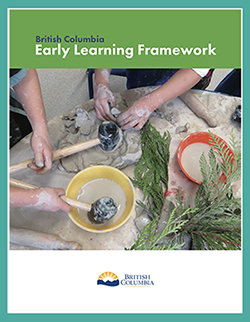Module 3: Living Inquiries – Well-Being and Belonging
Family Composition and Gender Orientation
Educators resist continuing gender stereotypes. Children can play with or go beyond the boundaries of gender norms.
Critically Reflective Questions
- What books, posters, or other materials in my centre continue gender stereotypes? Family stereotypes?
- Do children have opportunities to experiment with going beyond the boundaries of gender stereotypes?
- What is the story of how I came to understand gender?
- How might I pay attention to responses as children play with and go beyond the boundaries of gender norms and share new ideas with colleagues and with children?
Case Study: Family composition and gender orientation
In a junior kindergarten program, educators wanted the children to have the chance to celebrate their families and share their family composition with the group. The educators asked parents to send photos, with names, of all the important people surrounding their child’s life. The educators printed and laminated the photos they received. The children showed the photos to the group and described who was important to them. Some children had photos of pets too! Everyone learned how different families looked.
The educators were able to talk about families and cultures, which sparked rich discussions among the children. Many of the children discovered they had different names for grandparents related to their own culture. The educators then extended the concept into learning about where in the world people were from, using a globe to show different parts of the world. Taking it further, the educators used this as an opportunity to talk about types of food children share with their families that everyone else may not.
Reflective Questions
How might you explore family composition in your practice?
What books, posters, or other materials in my centre perpetrate gender stereotypes? Family stereotypes?
How might you co-construct knowledge with children in a learning collective that includes family and community?
